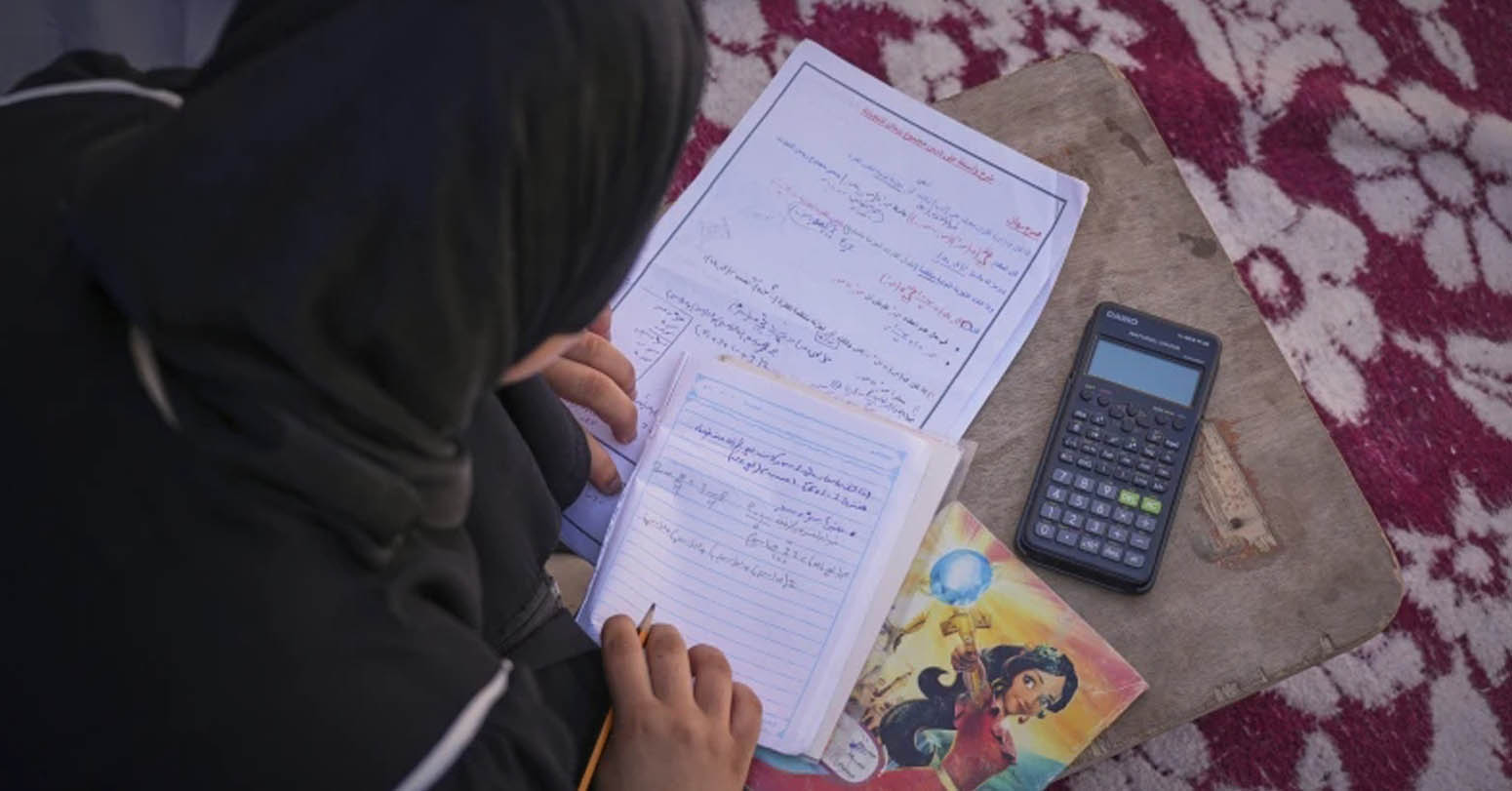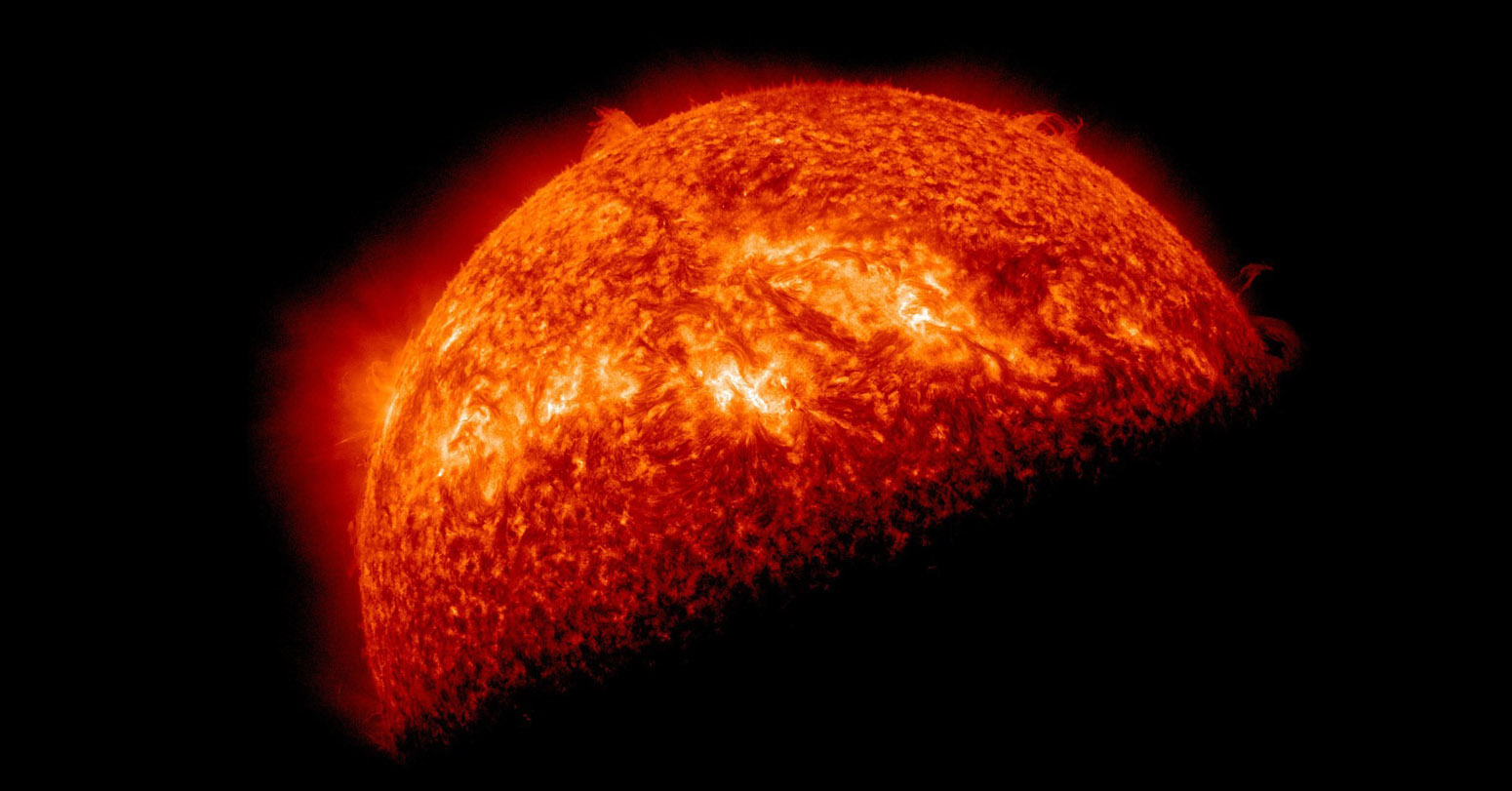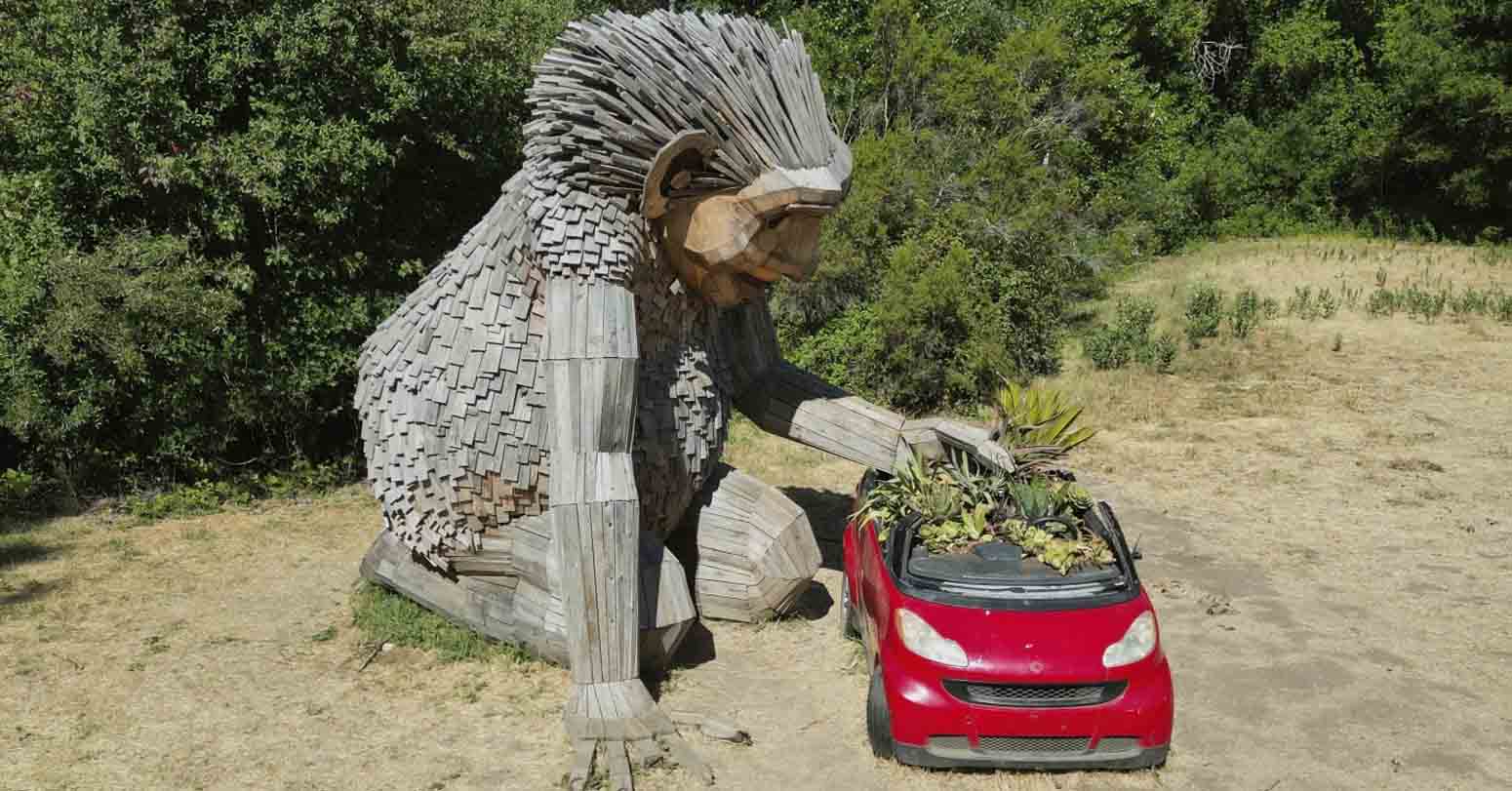American space agency NASA shared a breathtaking image of the Sun as we begin a new orbit around the sun .
Wishing its readers a Happy New Year on Twitter, the American space agency wrote, HappyNewYear from the star of the show that makes all this possible, as we begin a new orbit around our Sun, 150 million km from Earth.
In the post, NASA revealed that the Sun, cosmically middle-aged and classified as a yellow dwarf, is dynamic and it’s ever-changing nature constantly sends energy into the solar system.
Scientists estimate that the Sun is about 4.5 billion years old, or approximately halfway through its life cycle . The Sun will continue to live on the hydrogen in its center for a few billion more years with about same temperature and size.
The Sun is 1.4 million km wide with a core that reaches temperatures of million degrees Celsius. Sun is at the center of our solar system and it’s gravity holds our solar system together, from the largest planets to the smallest space debris.
The sun will start to collapse, when the Sun eats up its nuclear fuel. Even when it compacts, the Sun will generate enough heat to conserve the remaining hydrogen in its outer shell, this will cause the Sun to inflate, turning the star into a red giant.
As the Sun runs out of hydrogen, it will start consuming helium which it transforms into carbon and other heavier elements. The heavy core will contract from gravity, resulting in a huge outward release of energy. What will remain is a dense, small core called a white dwarf surrounded by a huge gaseous envelope called a nebula.
Eventually, the white dwarf will completely cool, blow off its nebula, and fade into black lumps of carbon. The Sun will quietly become a black dwarf, producing no heat or light.
You don’t look a day over 4.5 billion years. ☀️
#HappyNewYear from the star of the show that makes all this possible. We begin a new orbit around our Sun, 93 million miles (150 million kilometers) from Earth. https://t.co/HxAO7K9EpH pic.twitter.com/OgFhW1ymCG
— NASA (@NASA) January 1, 2023



















Middle-aged man spends millions to
Dr. Dharam Raj Upadhyay: Man
Breathing The Unbreathable Air
Comprehensive Data Protection Law Critically
Gender Differences In Mental Healthcare
Erosion of Democracy